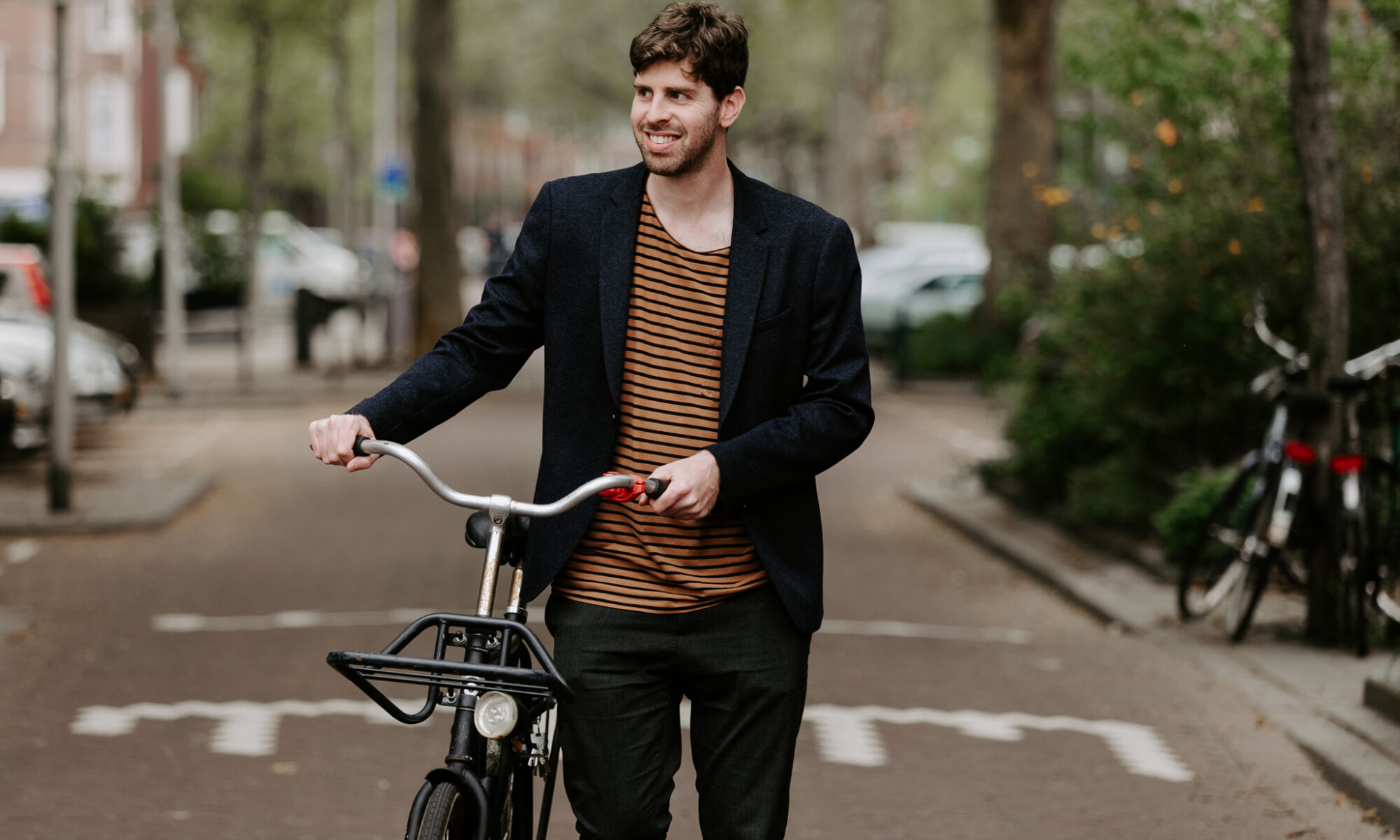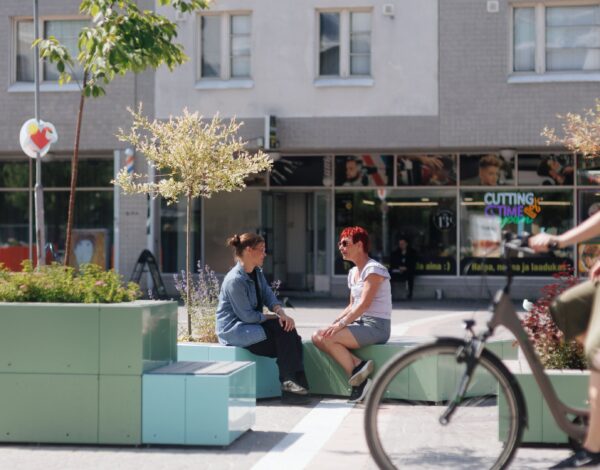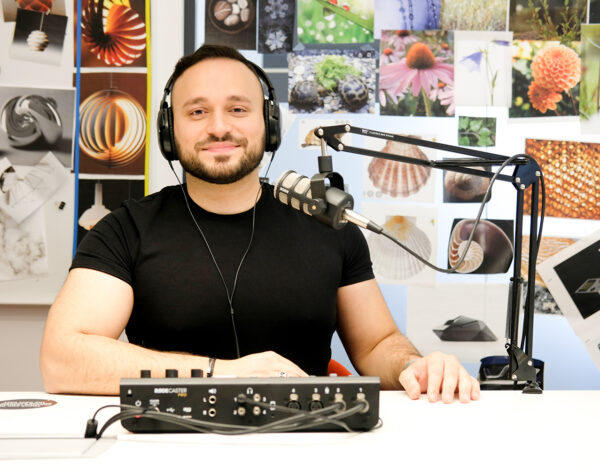Tell us a little bit about yourself
I am Lior Steinberg, an urban planner and co-founder of Humankind, a Rotterdam-based agency focused on urban change. Our mission is to shift cities towards urban happiness for all, moving beyond mere functionality to create spaces that bring joy to people. My passion lies in making people-oriented cities, with a strong inclination towards innovative local interventions. I believe in the power of engaging residents in the urban planning process, ensuring that the fabric of the city reflects the diverse needs and aspirations of its inhabitants.
Why (or how) did you become an urban planner?
I think this is a story that many share: I started getting interested in urban and mobility planning while I was sitting in my car in my hometown, stuck in traffic. I was toying with the idea of building another lane to ease the congestion. However, when I delved into the works of Jane Jacobs and Jan Gehl, I realized that I had the topic completely wrong.
I decided to study urban planning, and moved to Stockholm to obtain a Master’s degree. I later moved to the Netherlands, and fell in love with the cycling lifestyle. It was here that I co-founded Humankind, and since then, I’m happy to work all around the world on urban challenges.
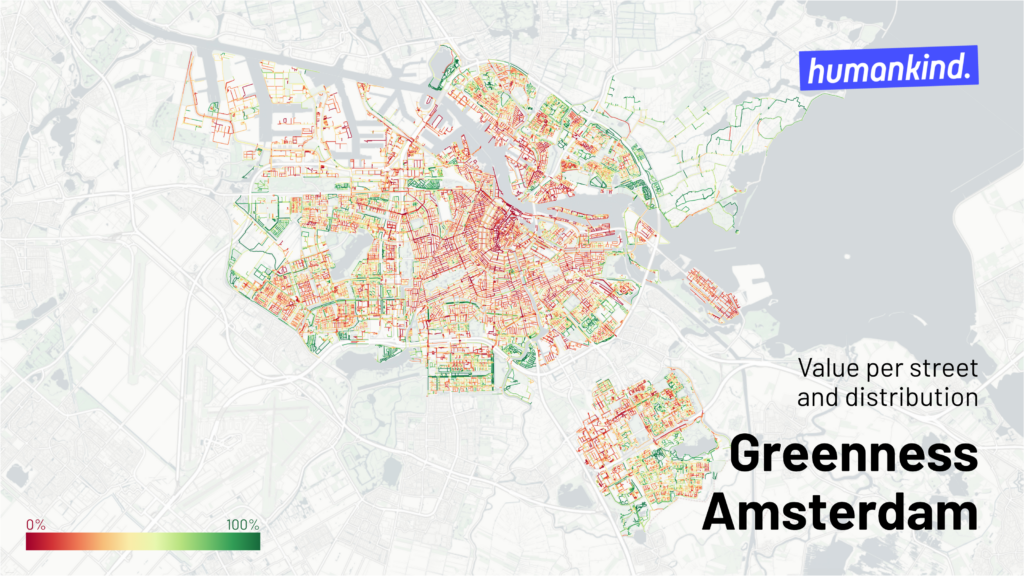
What is your favourite city and why/what can we learn from it?
Asking an urbanist what their favorite city is like asking a foodie for their favorite dish. However, I’d say that Dutch cities like Rotterdam, Amsterdam and Groningen hold a special place in my heart. Its human-scale design, extensive cycling infrastructure, and the balance between history and modernization are lessons in urban sustainability and livability. It’s a living example of how cities can evolve to prioritize people over cars, fostering strong community ties and a high quality of life.
You are the co-founder of Humankind. Can you share the journey of Humankind – how did it get started?
The journey of Humankind started as a collaboration with my co-founder Jorn Wemmenhove. We initially worked on tactical urbanism projects in Rotterdam under the name Street Makers. Our early projects were driven by the passion to redesign streets to be more people-centric. However, it wasn’t long before we realized that the challenges cities face go beyond just street design. There was a broader spectrum of issues that needed addressing. This led to the creation of Humankind. We know that cities play a central role in the future of humankind and are hubs for positive change. They can foster sustainable presents and better futures. Through Humankind, we’ve been able to work towards creating more livable, enjoyable, and inclusive places.
Do you see potential in solutions like Parkly for developing urban environments?
Absolutely. First, I love the design. It’s elegant and green. Secondly, it’s modular, so it can be adapted to different neighborhoods and to the needs of citizens. Lastly, it’s movable, so it can show citizens the potential of their public space. These characteristics are important in cities that require quick urban change.
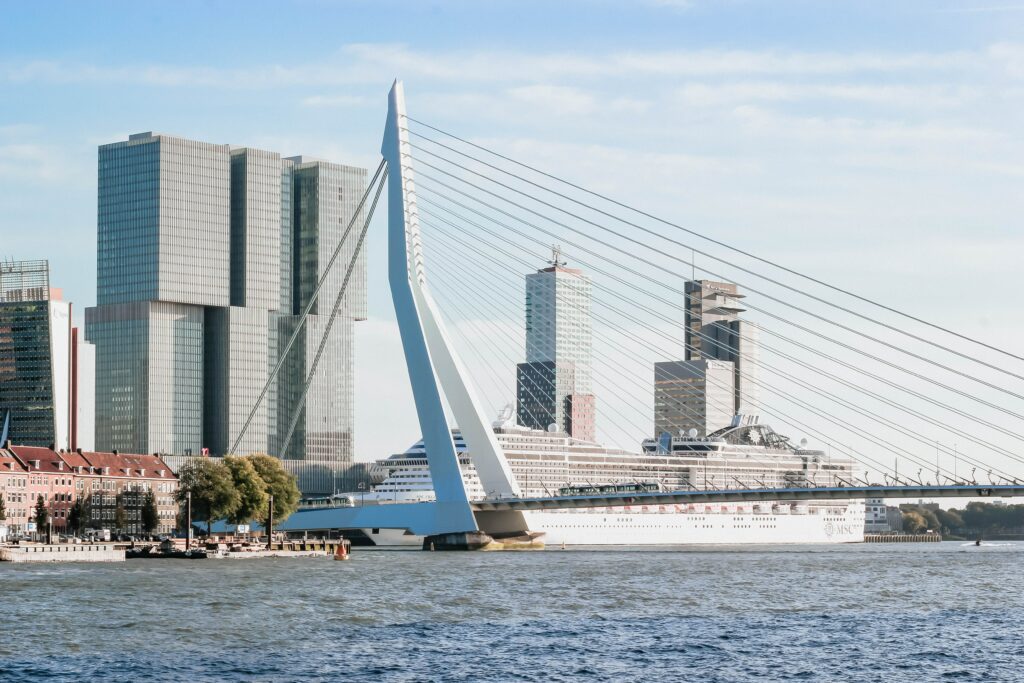
What is the most important topic at the moment for a city such as Rotterdam in terms of developing it towards a greener, healthy and social city?
Rotterdam is performing much better in terms of mobility, green spaces, housing quality, and, in general, livability. However, it would be naive to mention that and ignore the elephant in the room: gentrification. The Netherlands is not building enough houses in urban environments, and is investing less in social housing, which is resulting in the displacement of less affluent individuals. This is the primary challenge for numerous cities around the globe: constructing more quality housing in dense, mixed-use urban areas.
Dream big! What does an ideal future city look and feel like?
Car-free. I hope that one day, driving a car will be done only when absolutely necessary. For the rest, people will be able to walk, cycle, or use transit. They will be able to get anywhere much faster, because they won’t be stuck in traffic.
Read more!
humankind.city
Instagram
Linkedin: https://www.linkedin.com/in/liorsteinberg/
